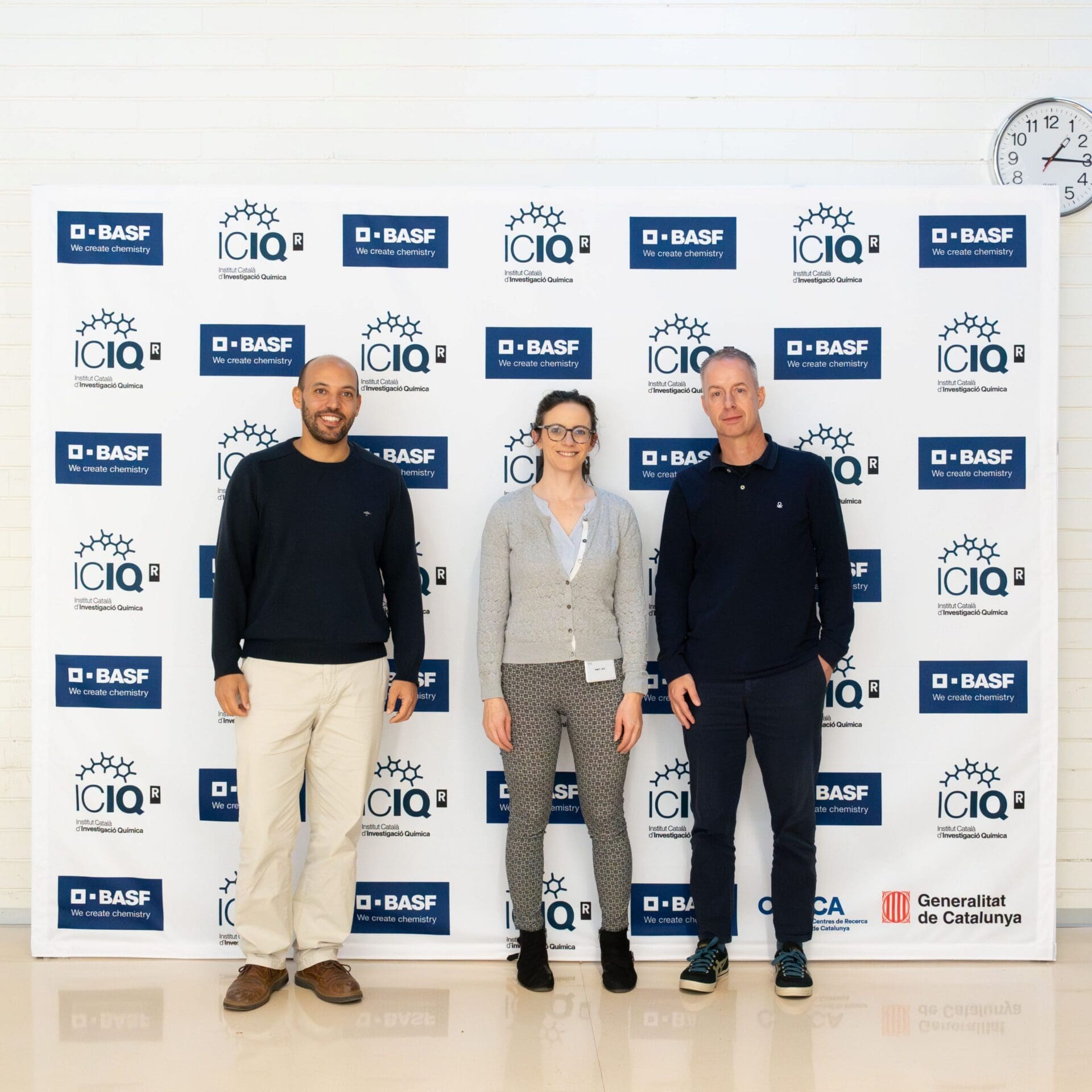
 22/11/2024
22/11/2024
 12:00 h
12:00 h
- Lecturer: Prof. Rebecca Melen
- University: Cardiff University, UK
- Sponsored by:

Single or Double? A Radical Approach to Frustrated Lewis Pairs
The donor-acceptor ability of frustrated Lewis pairs (FLPs) has led to widespread applications in recent years.[1] Recently, it was shown that single electron transfer (SET) from a Lewis base donor to a Lewis acid acceptor can produce a frustrated radical pair (FRP) species. This depends on both the substrate and energy required (photochemical or thermal) to promote an FLP into an FRP.[2] In this lecture, we will discuss the C–C[3,4] (see Figure) and C–S[5] bond forming reactions using FLPs. The nature of these reaction pathways as well as their selectivity has been investigated by extensive electron paramagnetic resonance (EPR) studies, kinetic studies, and density functional theory (DFT) calculations both to elucidate the mechanism of these coupling reactions.

References:
[1] Stephan, D. W. The broadening reach of frustrated Lewis pair chemistry. Science 2016, 354, aaf7229.
[2] For reviews see: (a) an der Zee, L., Pahar, S., Richards, E., Melen, R.L., Slootweg, J.C., Insights into single-electron transfer processes in frustrated Lewis pair chemistry and related donor-acceptor systems in main group chemistry, Chem Rev., 2023, 123, 9653. (b) Ayan, D.; Richards, E; Melen, R. L. Frustrated radical pairs: insights from EPR spectroscopy. Angew. Chem. Int. Ed. 2021 60, 53.
[3] Soltani, Y.; Dasgupta, A.; Gazis, T. A.; Ould, D. M. C.; Richards, E.; Slater, B.; Stefkova, K.; Vladimirov, V.Y.; Wilkins, L. C.; Willcox, D.; Melen, R. L. Radical reactivity of frustrated Lewis pairs with diaryl esters. Cell Reports Physical Science 2020, 1, 100016.
[4] Dasgupta, A.; Stefkova, K.; Babaahmadi, R.; Buurma, N. J.; Yates, B. F.; Ariafard, A.; Richards, E.; Melen, R. L. Site-Selective Csp3–Csp/Csp3–Csp2 Cross-Coupling Reactions Using Frustrated Lewis Pairs. J. Am. Chem. Soc. 2021, 143, 11, 4451.
[5] Pramanik, M., Das, S., Babaahmadi, R., Pahar, S., Wirth, T., Richards, E., Melen, R.L., (C6F5)3-Catalysed chemo- and regioselective C–H chalcogenation of arenes and heteroarenes. Chem, 2024, 10.1016/j.chempr.2024.05.025.
Other events

Let's create a brighter future
Join our team to work with renowned researchers, tackle groundbreaking
projects and contribute to meaningful scientific advancements




















